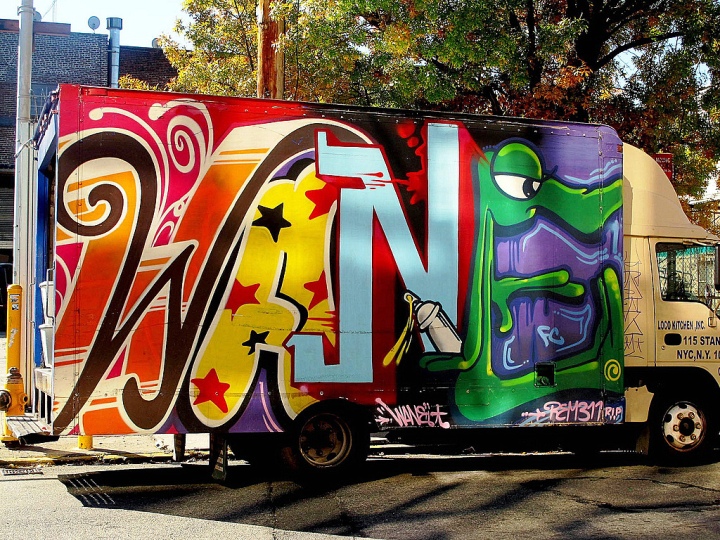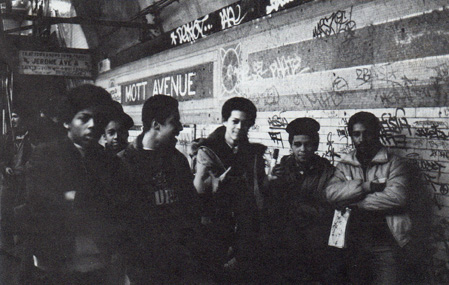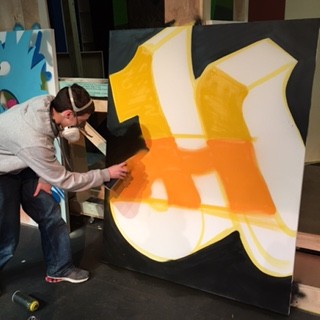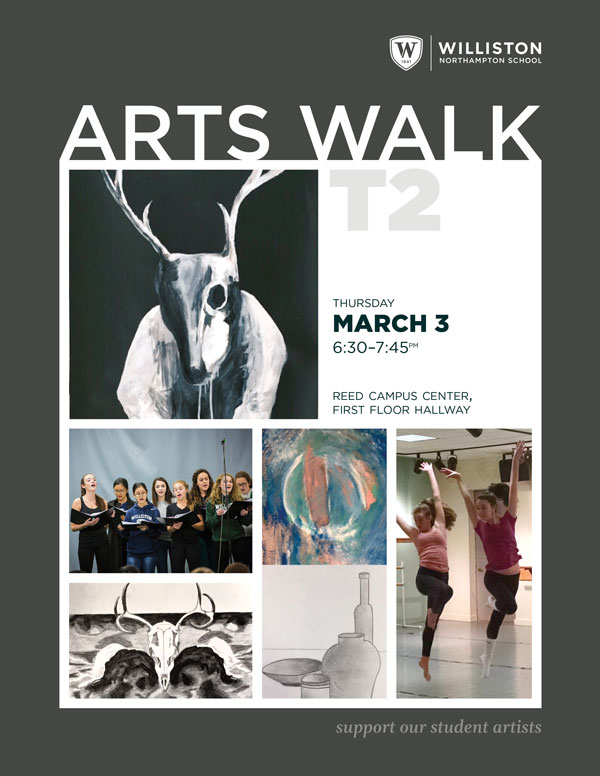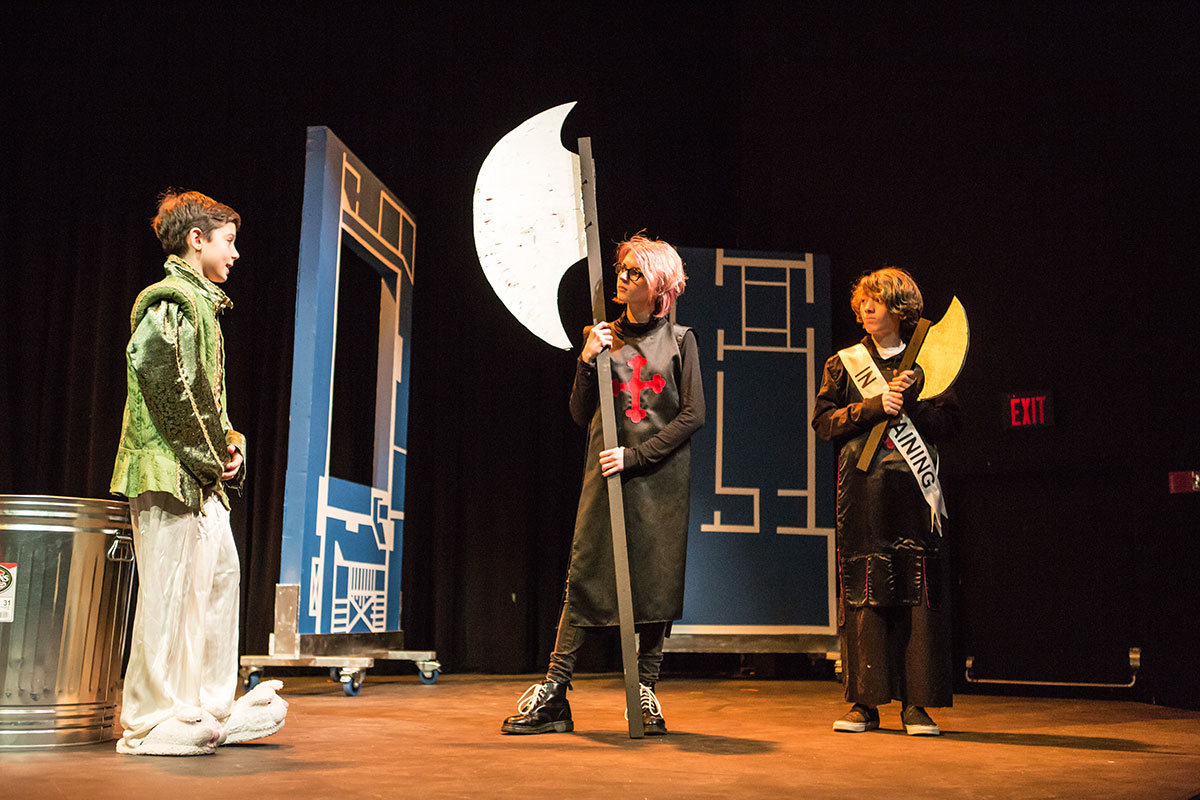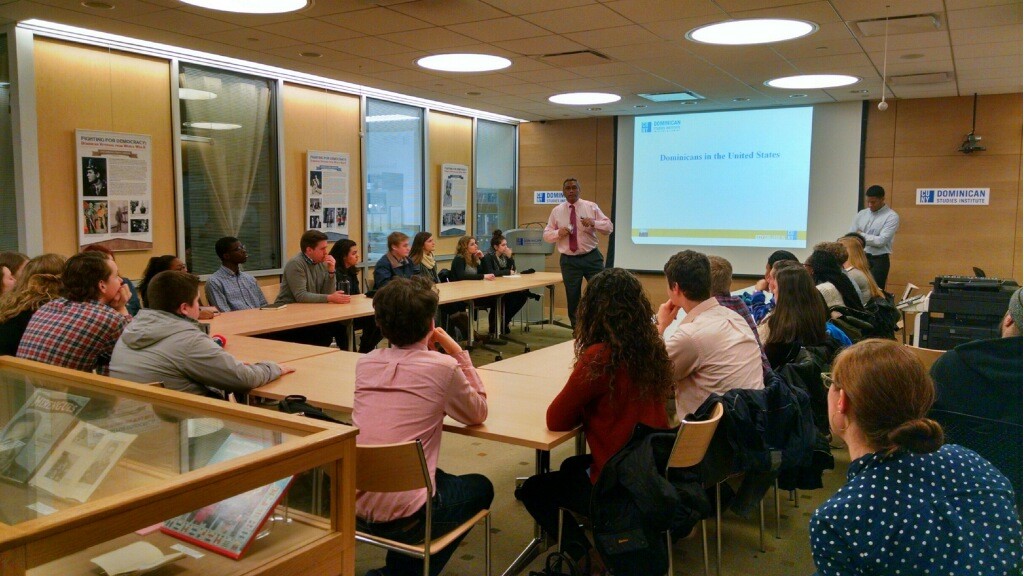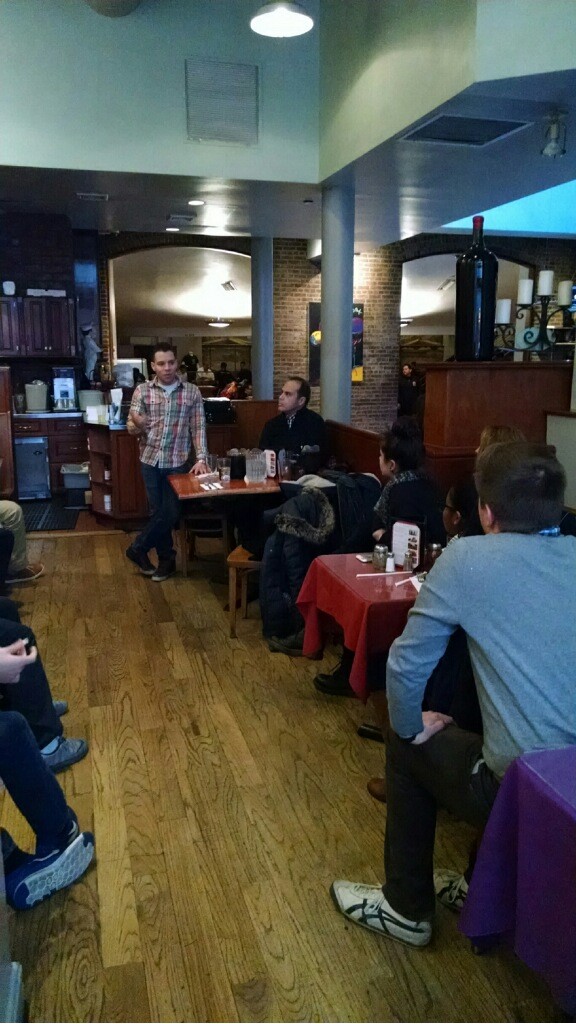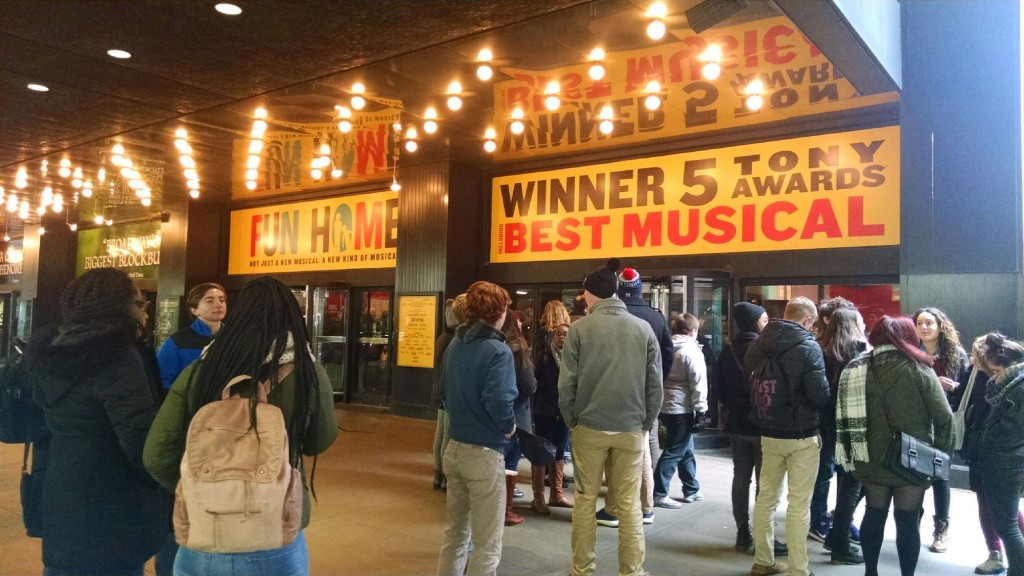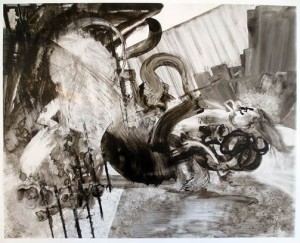
I’m sure most of you haven’t heard that word before. It’s a German word that means “seated rehearsal.” Sitzprobes came to prominence in the opera world. They soon became part of the musical theatre process and something everyone on a show looks forward to because it can only mean one thing—opening night is coming soon.
You are still probably wondering what we actually do at a sitzprobe. Well, sorry to disappoint you hardcore German speakers out there, but we don’t actually sit at all. We stand! And the most exciting part of the sitzprobe: we get to sing through the show with an orchestra for the first time!
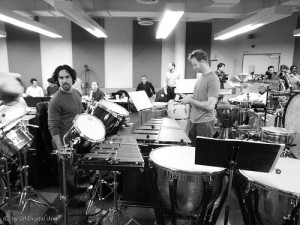
During most musical rehearsals a pianist plays along with the singers while the team works their way through the show. Separately, musicians learn their music and have rehearsals with their conductor. In Williston productions the orchestra doesn’t come in until tech week. Sitzprobe, in this case about a week before our first tech rehearsal, is the opportunity for the musicians, singers, and music director to work together.
It’s an exciting time! Our sitzprobe was Monday, April 18. With the orchestra playing with us we certainly felt the reality of our situation—opening night is coming up fast. It was also particularly special because the music in In the Heights is as much of a character as any person you will see on the stage. The sounds of the neighborhood are in the percussion. The feeling of the Caribbean comes through in the horns. Suddenly the hustle and bustle of New York City and the smell of salt air in Puerta Plata D.R.; La Vibora, Cuba; and Arecibo, Puerto Rico don’t feel so far away.
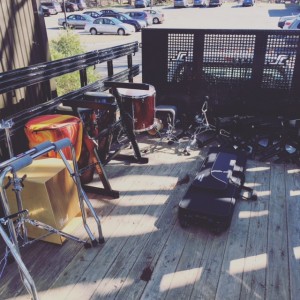
The excitement is even greater this year because thanks to the generous senior class gift, the Williston Theatre program is now the proud owner of a set of individual wireless microphones. These mics, which will be worn by anyone with a singing solo, will enable our audience to hear the actors perfectly. While we rented them for our last musical, Urinetown, these mics are ours!
Sitzprobe was a busy night. We tested mic levels and orchestra tempo. We had to make sure the mic packs fit the actors and the mics themselves were staying in place. Despite all that, spirits were pretty high as we put more of the finishing touches of the musical in place.
In the Heights runs April 28-30 and May 5-7. For tickets and more information visit our ticket website.


